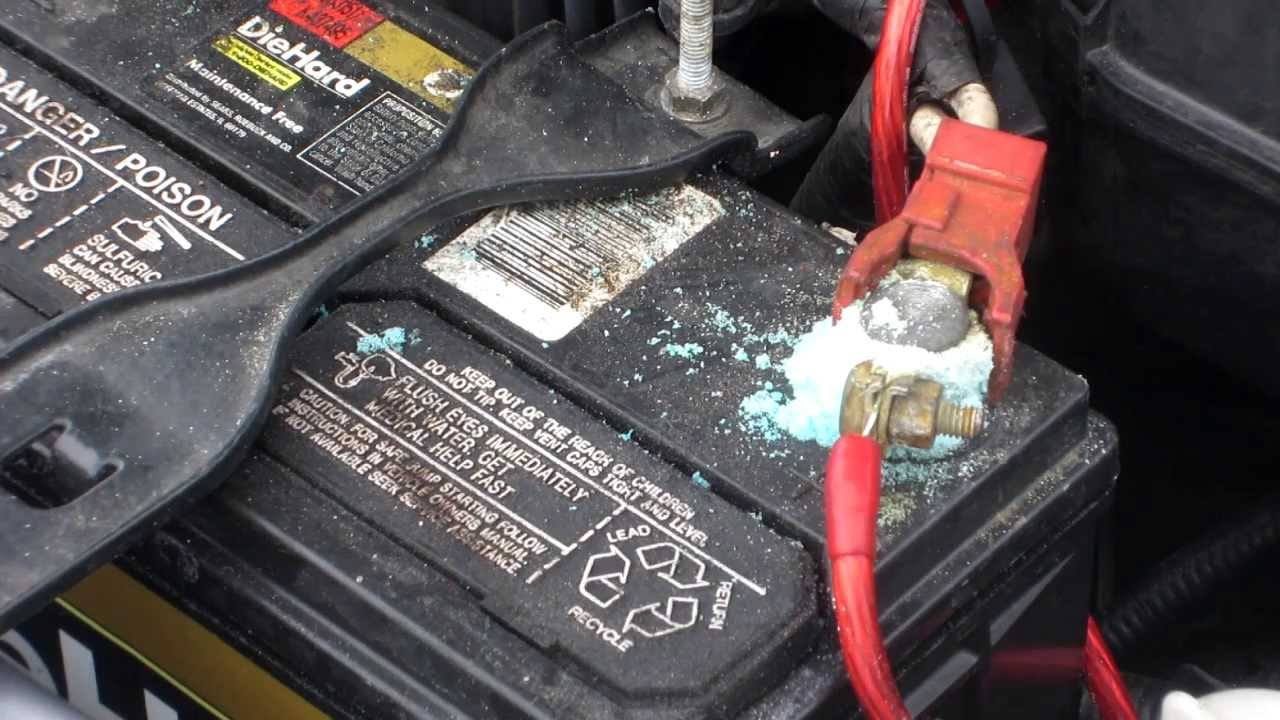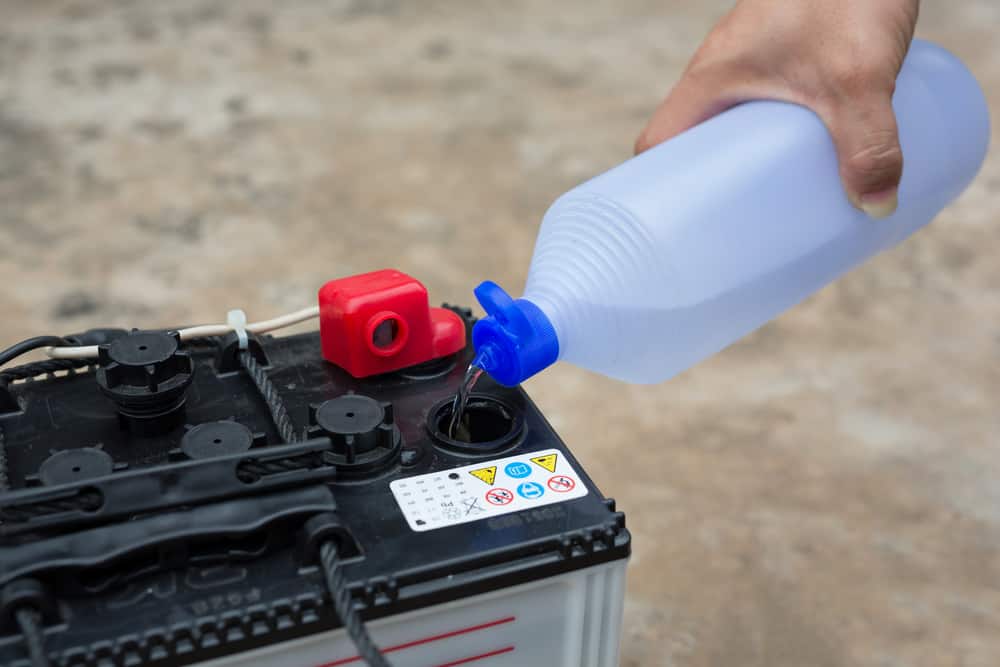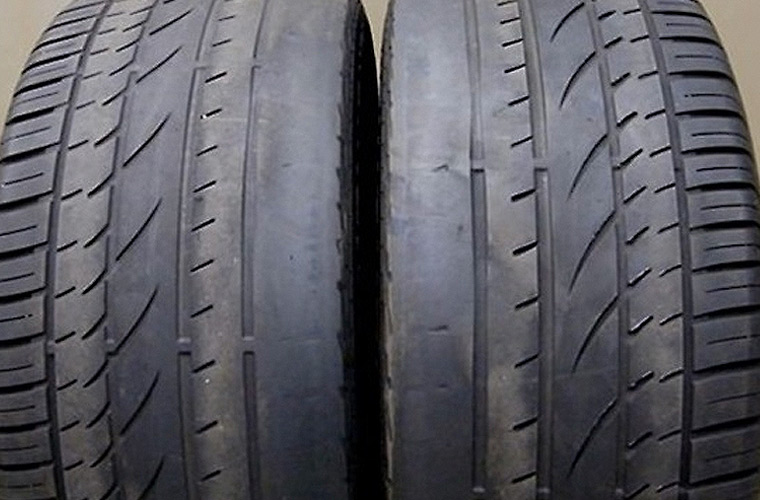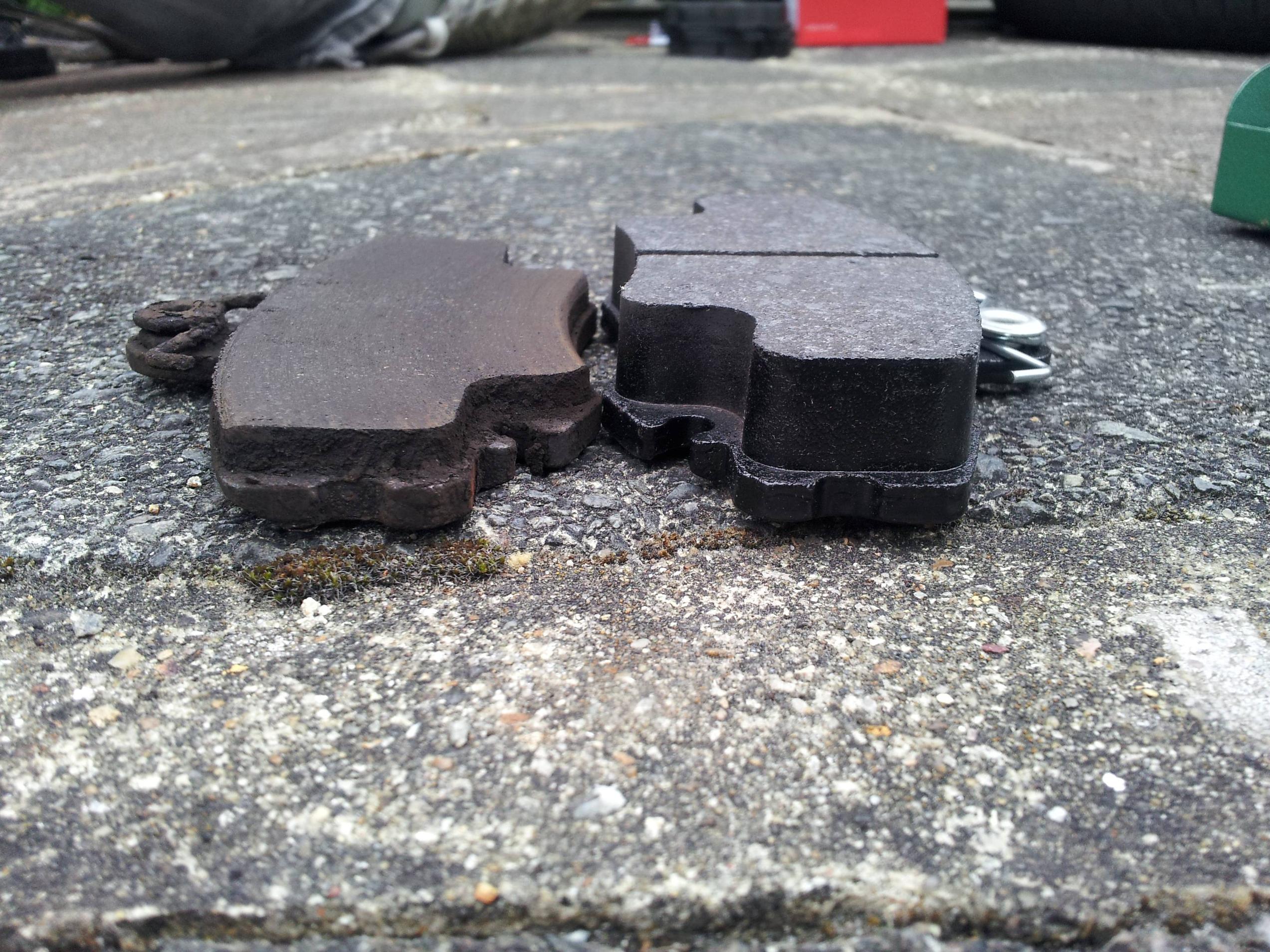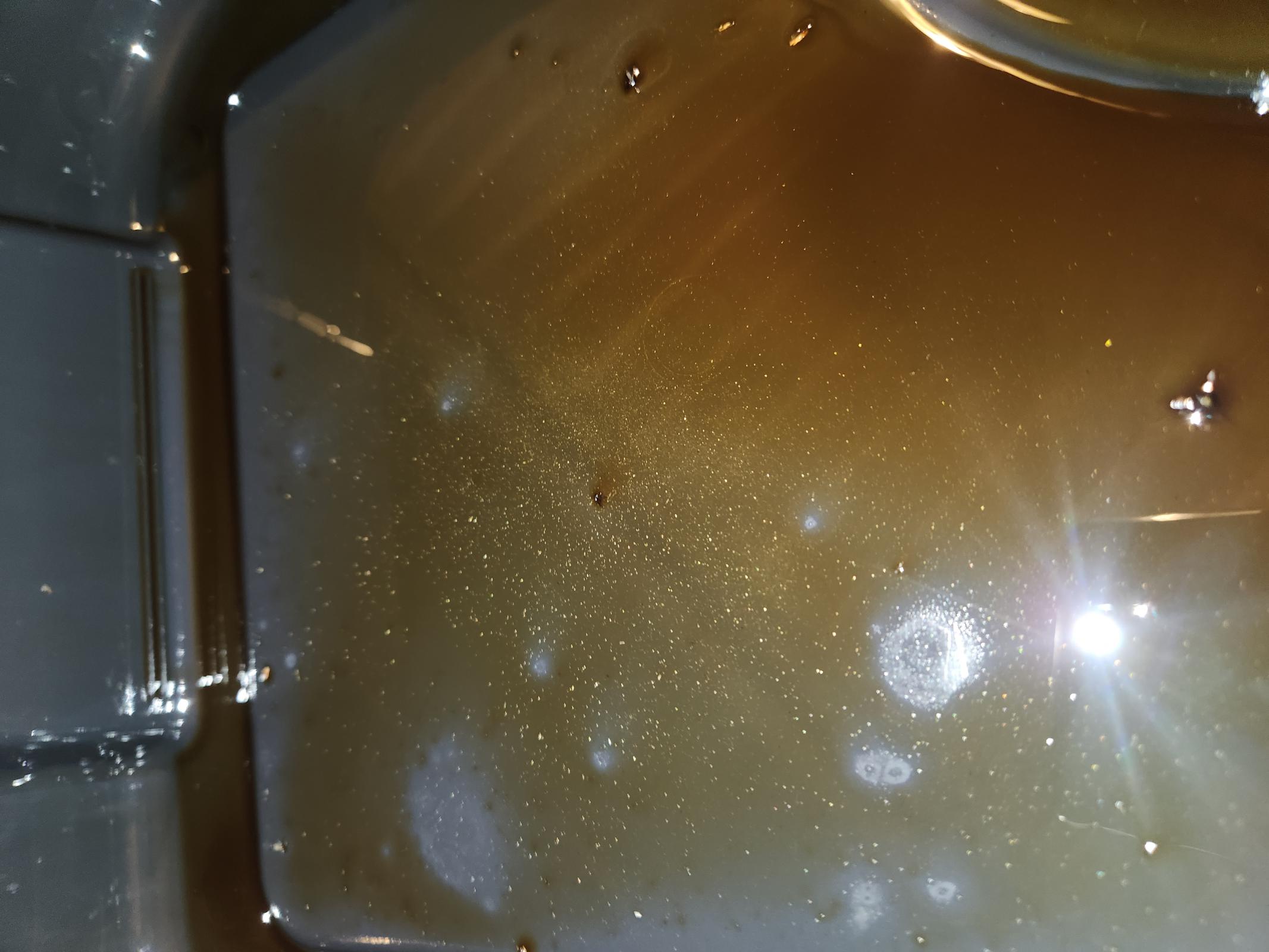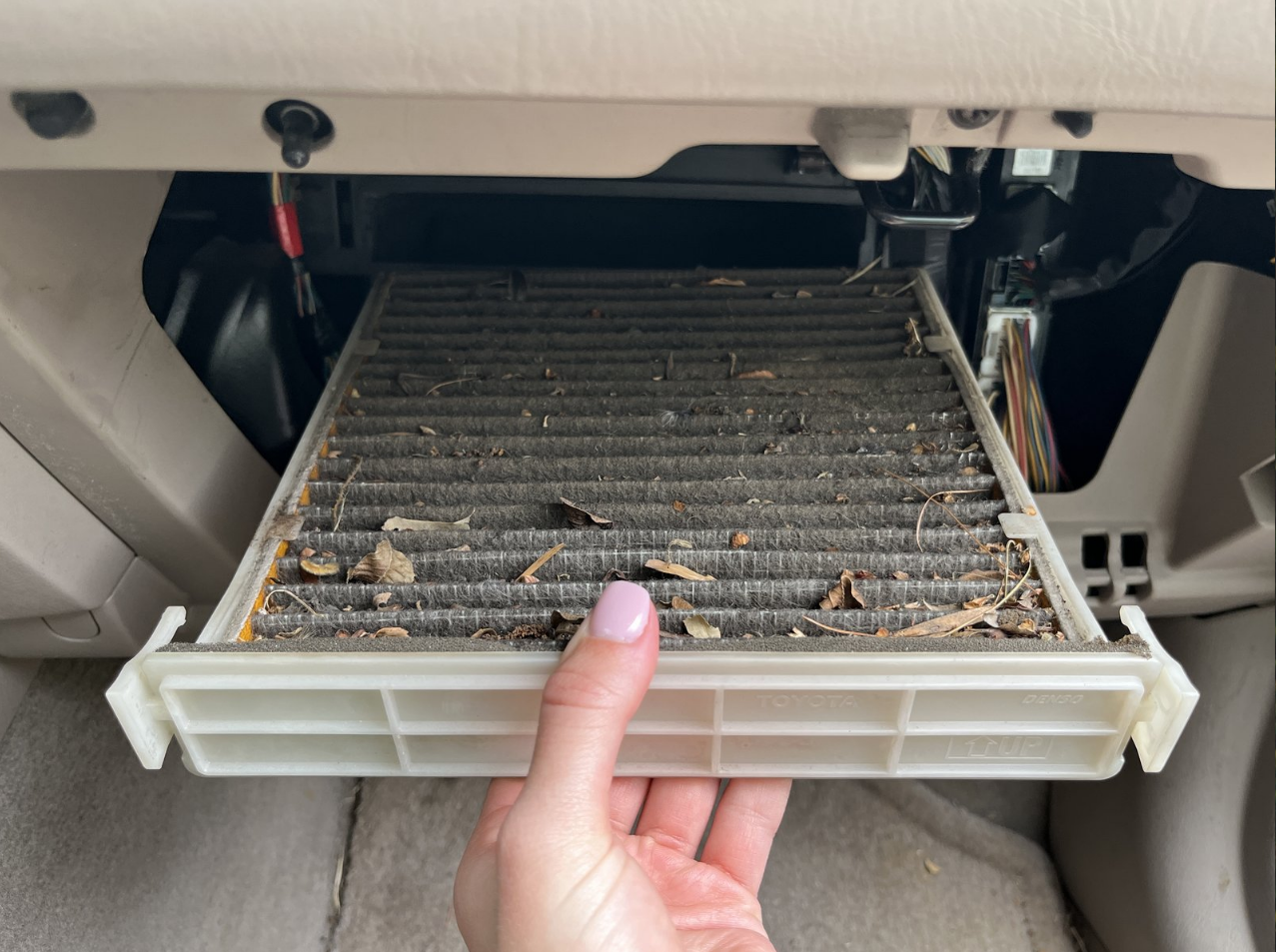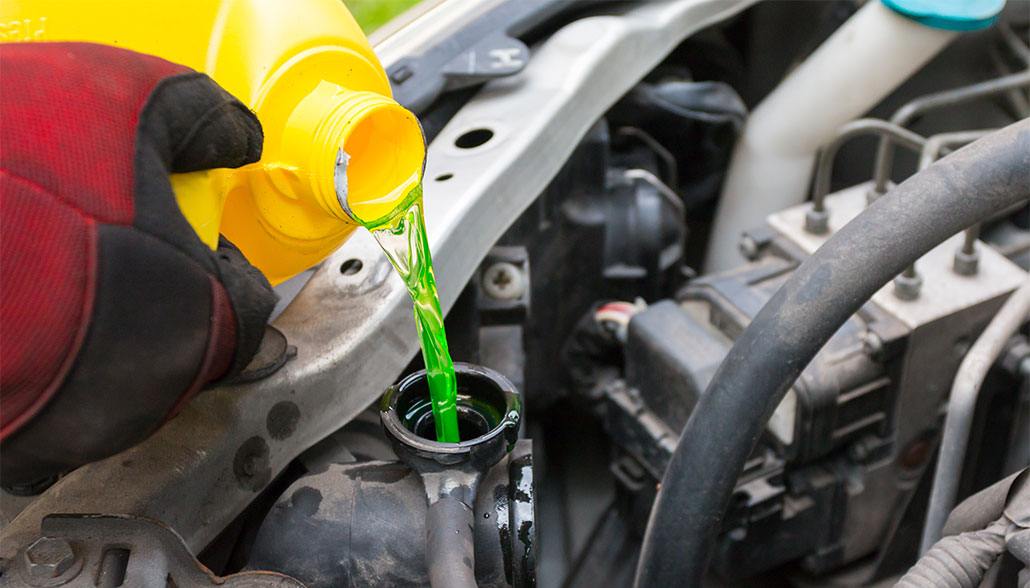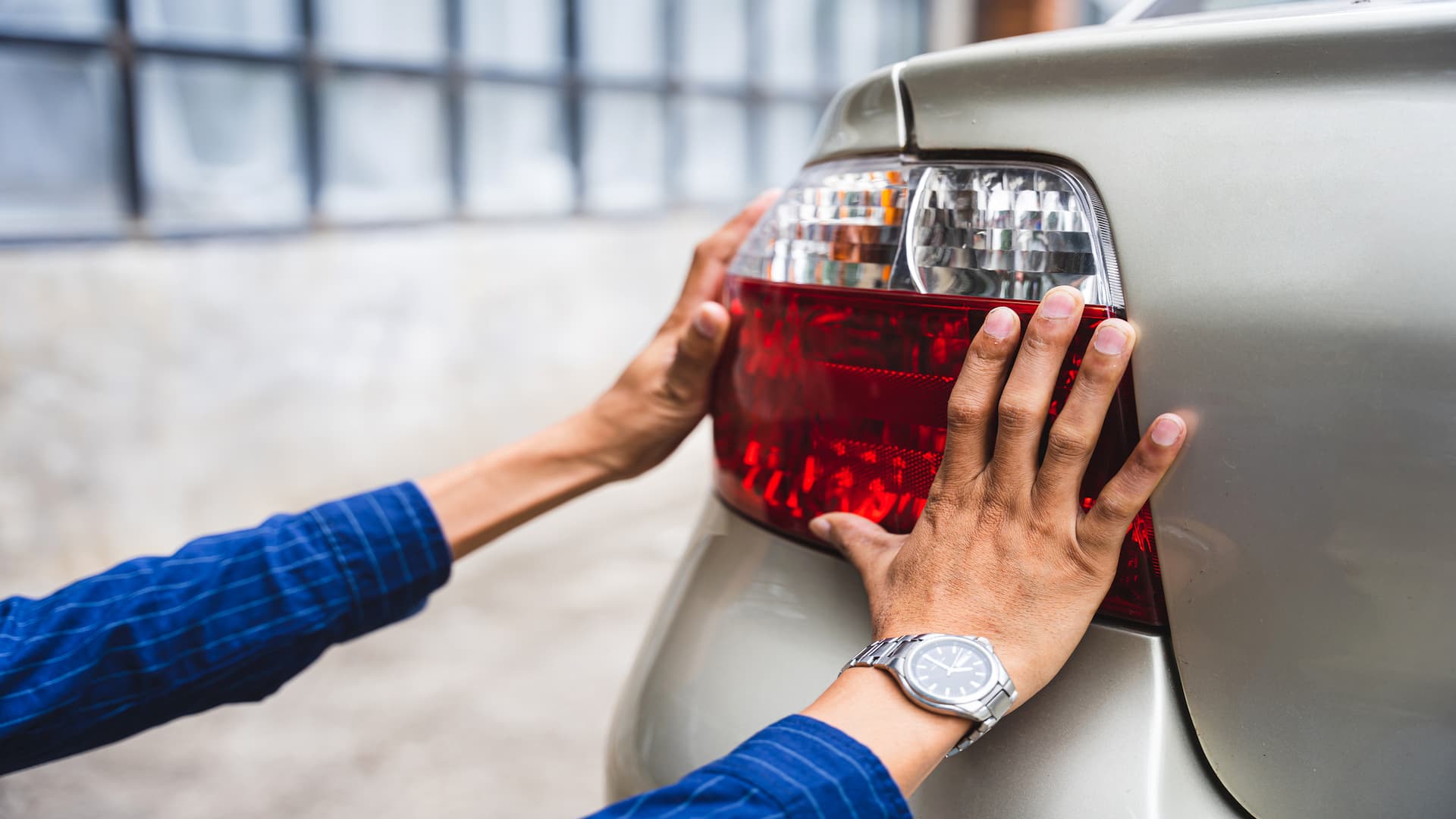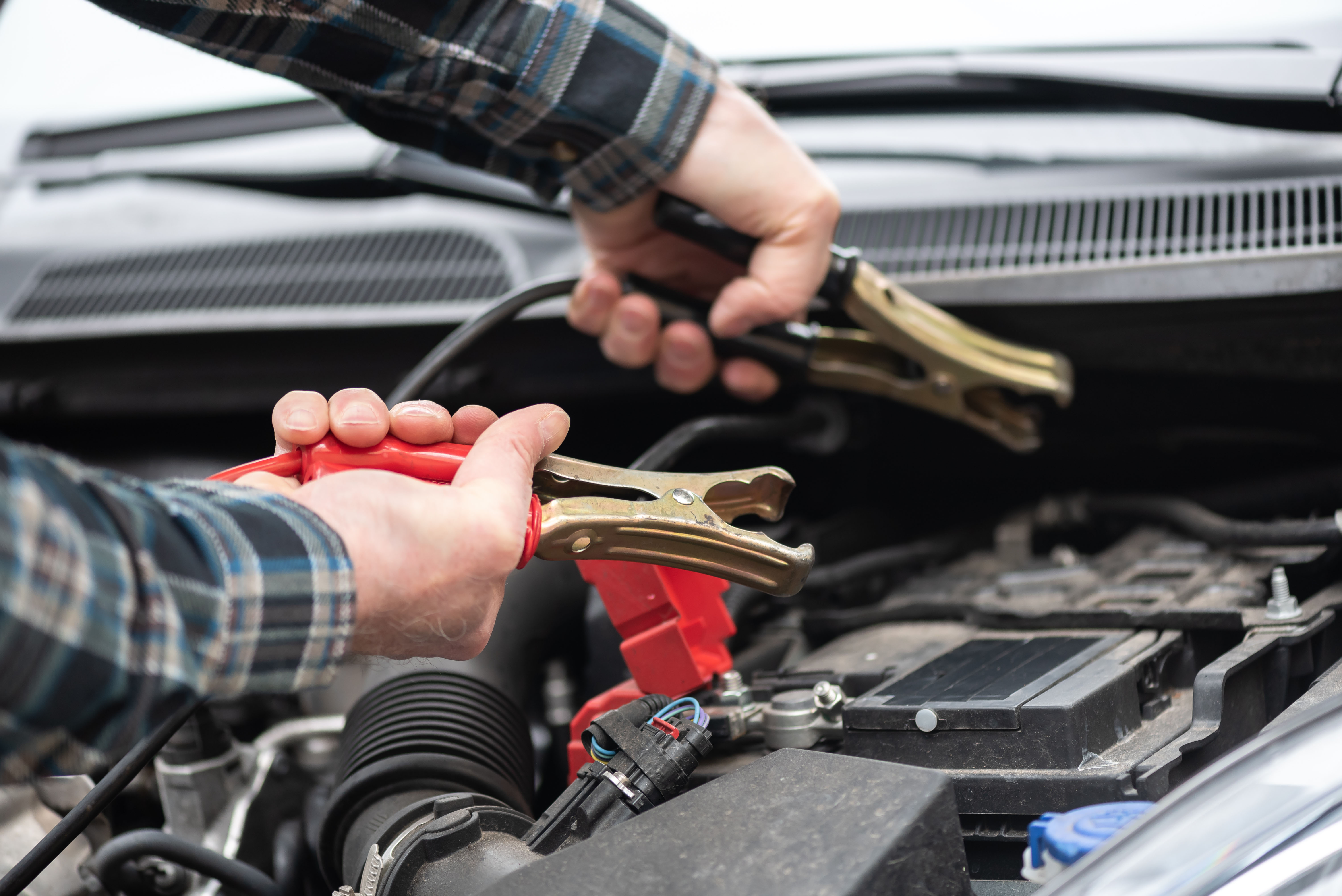10 Simple Car Maintenance Tips You Should Know 'Cause You're An Adult Now
And to avoid an expensive trip to the workshop.
Performing maintenance for your car may seem pretty daunting, and often sounds like a job for the workshop
However, believe it or not, you can monitor your car and perform minor car maintenance to keep it running smoothly! In fact, some of the maintenance tips below do not require much skill or tools.
Best of all, these tips may help to keep your car out of the workshop for some expensive repairs, and keep you safe on the road.
1. Clean your battery terminals
Have you tried popping the hood of your car, only to find greenish-blue powder on the terminals of your battery? That is corrosion, and over time, the corrosion will affect the integrity of your car's battery and cracks may form, which is bad for the longevity of the battery. In fact, it is dangerous as it may leak battery acid to other components under the hood.
Car battery replacements are expensive. Fortunately, cleaning the battery terminals is easy and cheap.
Maintenance tip: Baking soda mixed with water will neutralise the corrosion. A wire brush may help dislodge the corrosion buildup. If you're running a wet battery, be sure to monitor battery water levels and add battery water accordingly.
2. Check your spare tyre
One of the commonly neglected parts of the car is the spare tyre. It's usually hidden under the floorboard in the boot of the car — one of the reasons why it is often overlooked.
What's worse than having a flat tyre during your travels is when you discover that the spare tyre isn't roadworthy either.
Maintenance tip: Monitor your spare tyre pressure and condition bi-monthly. It's also worth checking your current tyre conditions and replacing them if they're showing signs of degradation or bald spots.
3. Monitor the brake pads
How do you monitor something that is virtually impossible to see? Simple: All you need to do is listen. If you hear a screeching sound whenever you step on the brakes, then it is time for a replacement.
Skimping on this can be costly as a screeching brake pad can grind into your brake disc, which is expensive to replace. Also, your brakes are the only thing stopping you from hitting the car in front of you, so it's worth paying extra attention every time you step on the brakes.
Maintenance tip: If the car screeches or squeaks during braking, replace your brake pads immediately. Preventive maintenance is always better than repairs.
4. Replace the windscreen wipers
Wipers are essential to safe driving, especially during the rainy season. A pair of good-quality wiper blades will last you a couple of years and provide clear vision while driving in heavy rain. It is also worth investing in a pair of silicone wipers as they can withstand the Malaysian heat without degrading too much.
If you cannot see the road ahead, then it goes without saying that you shouldn't be driving in those conditions.
Maintenance tip: Replace your wiper blades if it no longer wipes properly or starts skipping on your windscreen. One telltale sign that you need to replace your blades is if it leaves wet spots after wiping your screen. You usually won't go wrong with silicone-based wipers.
5. Check your engine oil
This is a simple task that can be done in the morning after your car has been turned off for a period of time. Your oil condition can tell you a lot about your engine, and it can save you lots of headaches if you manage to identify the problem earlier on.
Here's how you can monitor your engine oil:
STEP 1: Locate the dipstick of your car under the hood
STEP 2: Pull the dipstick out and wipe the end with a cloth or a rag
STEP 3: Dip it back and wait for a couple of seconds
STEP 4: Pull it out again
STEP 5: Observe the oil levels and oil condition
Aside from the oil colour, you should also pay attention if the oil contains glittery bits. The glitter in oil is metal flakes from the engine parts. This is a sign of a more serious issue that requires professional help. Again, early prevention is better than repairs.
6. Replace your cabin filter
The cabin air filter in your car plays a crucial role in preventing pollutants from entering through the vents. It's a significant job, so make sure to take good care of your air filter. Continuing to use an old filter well beyond its lifespan can cause serious issues for your air conditioning system.
Maintenance tip: Replace your cabin filter when you service your air conditioning system. It is commonly replaced once a year.
7. Monitor your coolant levels
It's worth monitoring your radiator coolant levels. Neglecting to regularly change your coolant can lead to severe corrosion or buildup inside your radiator, which can lead to overheating.
The coolant plays a crucial role in the proper functioning of various components, including the heater, air conditioner, radiator, and water pump. Keeping it in check is essential for maintaining the overall system health of the car.
Maintenance tip: Have your coolant levels checked by a professional when you send your car for servicing. Using proper coolant is a million times better than using tap water as the specially formulated coolant is designed to withstand heat and resist buildup.
8. Rotate your tyres, seriously
Rotating your tyres actually means moving them from one wheel to another and from left to right, or back to front, or even diagonally. This is because tyres tend to wear unevenly. For example, the front tires tend to wear on the outside edges because the tire leans over when you turn a corner.
By rotating your tyres, you are able to extend the usable lifespan of your tyres.
Maintenance tips: Tyre rotation is commonly done every six months or 10,000km to 12,000km.
9. Check your lights and replace burnt bulbs
Your vehicle's lights serve as a vital safety feature, enabling you to see clearly and communicate with other drivers on the road.
It's also crucial to have working lights so other drivers can see you, especially during low visibility conditions such as during heavy rain or in the night.
Maintenance tip: You can ask a friend to stay outside the vehicle while you test all lights, such as the headlights, turn signals, reverse light, and most importantly, brake lights.
10. Keep a set of tools handy
Your car should have an emergency tool kit that includes basic items like a wrench and screwdriver.
However, there are additional tools that can be lifesavers. Consider these tools as your reliable companions, always prepared to come to your rescue. From a sturdy flashlight to a well-stocked first aid kit, here are some items that you should have stowed and ready to use:
- Jumper cables
- Flashlight
- Wrench/spanner
- Screwdrivers
- First-aid kt
- Cloth/rag
- Reflective triangle
